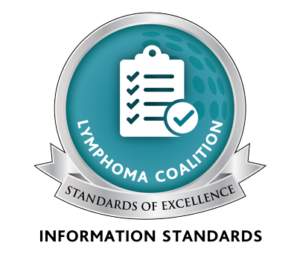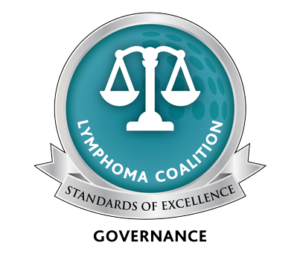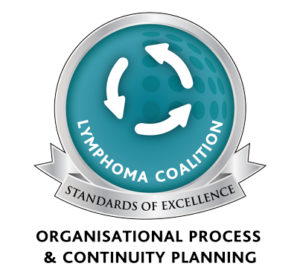Decisions relating to treatment and fertility can be amongst the hardest a woman will ever have to make. Find out how Robin H. is dealing with the consequences of her decision.
Treatment for lymphoma may have affected your fertility in a number of different ways. Chemotherapy or radiation therapy may have affected your menstrual cycle, permanently or temporarily stopped ovulation, and/or caused premature onset of menopause. Radiation in the pelvic area may have damaged your uterus which may affect fertility or increase your chances of miscarriages or premature births.
Precautionary measures may have been taken while you were undergoing treatment to preserve your fertility but these are not always completely successful. If you are unable to conceive, there are still a number of options available to you. Here are some to consider:
- In vitro fertilization (IVF): This process involves collecting your eggs and fertilizing them with your partner’s sperm outside of your body. The fertilized egg is later transferred back into your body for the normal pregnancy process.
- Receiving donor eggs: If treatment has permanently damaged your egg production, leading to early menopause, you may consider using another woman’s egg to become pregnant. Your partner’s sperm would be used to fertilize these eggs using the IVF process. The fertilized egg is later transferred back into your body for the normal pregnancy process.
- Surrogacy: If you are unable to carry a child or being pregnant can pose a health risk, you can also consider having another woman carry the baby during the pregnancy process. Your partner’s sperm would be injected into the cervix or uterus in a process called artificial insemination.
- Adoption: You may also decide to forego all medical procedures and instead consider adoption. Adoption refers to the legal transfer of parental rights of a child from the birth parent to another couple or individual. Keep in mind that you may need time to completely heal from your treatment and you may require a letter from your doctor certifying your health.





